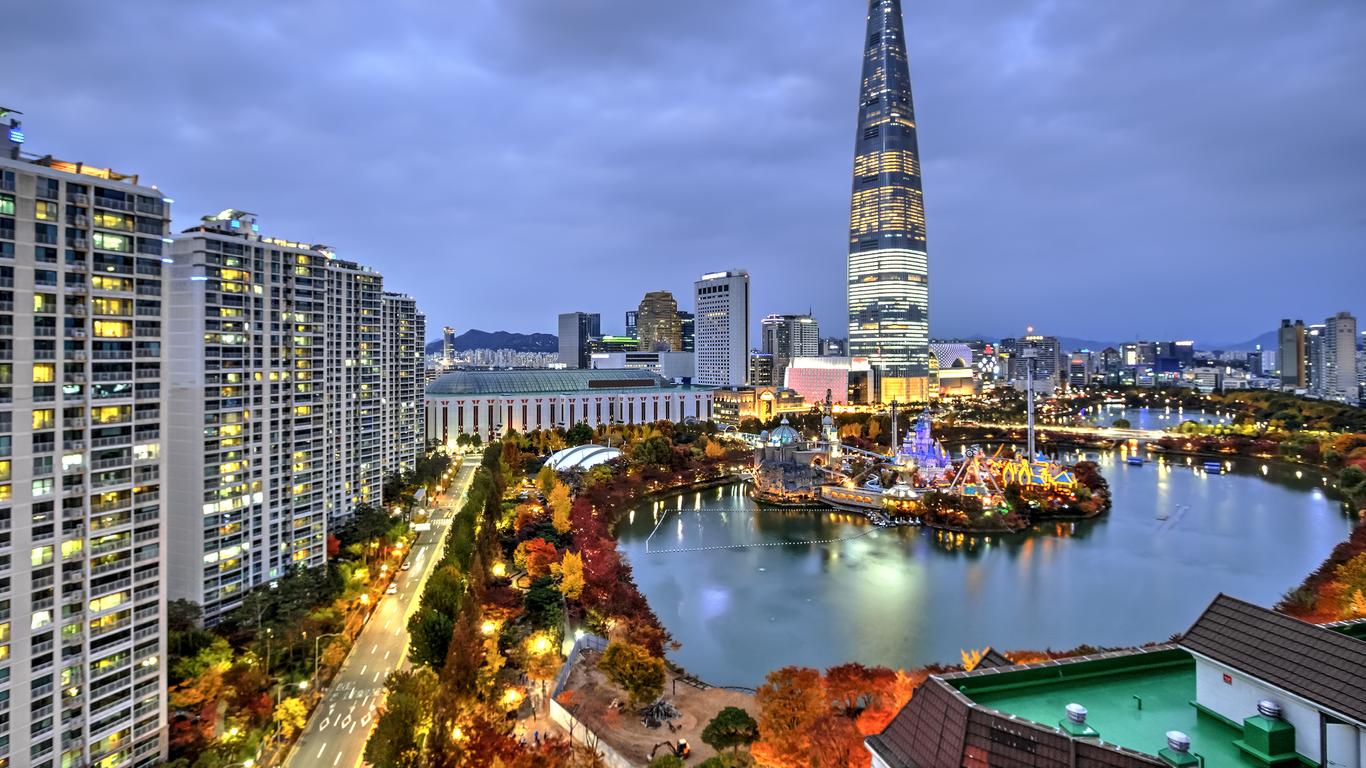Situated in the west of Seoul, Gimpo International is South Korea's third busiest airport and the closest to Seoul's business and commercial districts. It's the capital's major domestic flight hub. Note that since the turn of the century, the majority of intercontinental flights to Seoul have landed at the newer Incheon International Airport, located some 50 kilometres to the west of the city.
There are Domestic and International terminals at Gimpo, although the vast majority of international flights only travel as far as China and Japan. Korean Air and Asiana Airlines use the airport as a hub while Jeju Air and Jin Air operate a number of domestic flights. It's possible to walk between terminals and a variety of shopping and dining facilities are available.
Gimpo International Airport is located on Seoul Subway Line 5, the purple line that crosses west to east across the city. Taxis are readily available outside both arrivals halls. A journey to downtown Seoul takes around 50 minutes by road or rail. For transport between Gimpo and Incheon airports use the A'REX train.
Gimpo was originally constructed as an airfield during World War II and played an integral role as a base for UN forces during the Korean War. It started handling passenger flights in 1958 but its role as Seoul's aerial hub was lost on the completion of Incheon International Airport in 2001.





